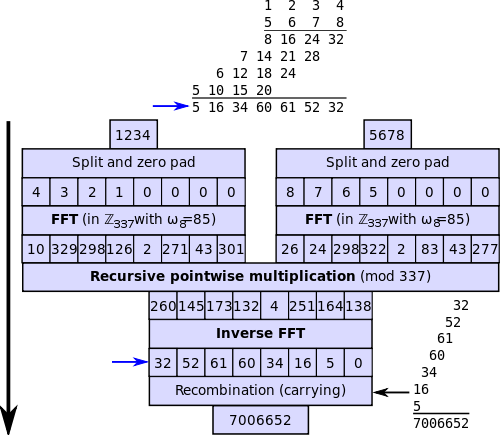MRC01
Major Contributor
Soundguy: As everyone surely agrees an FFT Is digital.
The FT (Fourier Transform) is not discrete or digital. It transforms the time domain to the frequency domain. Each domain is inherently continuous/analog.
The DFT (Discrete Fourier Transform) is a finite version of the FT for sampled functions, so yes, it is discrete, not continuous.
The FFT is an optimized algorithm for computing the DFT. So yes, the FFT is discrete, even though the Fourier Transform in general is not.
However, even the FFT is in some sense continuous, because it's a finite sequence of functions (which makes it seem discrete), yet each of those functions (cos or sin) is continuous.
But when it's applied in digital computers, it is of course discrete.
Agreed... but worth expanding.FFT - may be digital.
...
The FT (Fourier Transform) is not discrete or digital. It transforms the time domain to the frequency domain. Each domain is inherently continuous/analog.
The DFT (Discrete Fourier Transform) is a finite version of the FT for sampled functions, so yes, it is discrete, not continuous.
The FFT is an optimized algorithm for computing the DFT. So yes, the FFT is discrete, even though the Fourier Transform in general is not.
However, even the FFT is in some sense continuous, because it's a finite sequence of functions (which makes it seem discrete), yet each of those functions (cos or sin) is continuous.
But when it's applied in digital computers, it is of course discrete.

